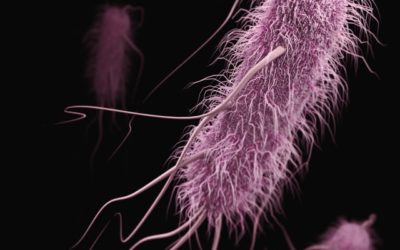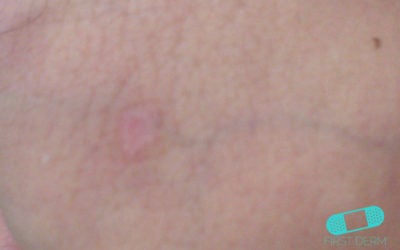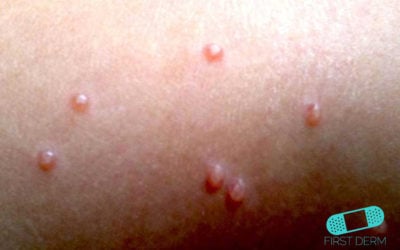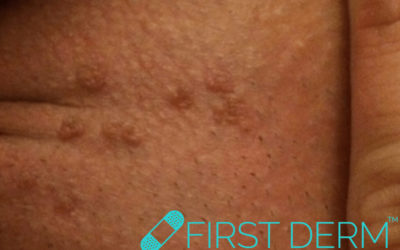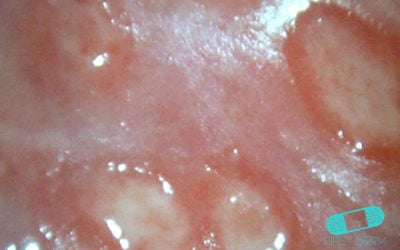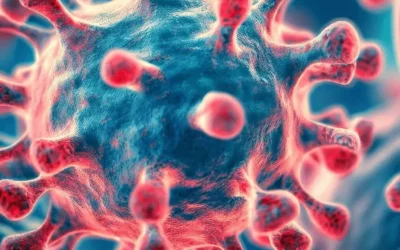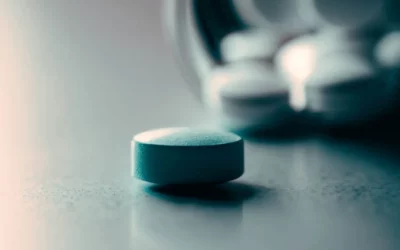Sexually transmitted infections (STIs)
Sexually transmitted infections (STIs), formerly called sexually transmitted diseases (STDs), are infections spread mainly through sexual activity.
They can be caused by bacteria, viruses, fungi, or parasites and include conditions like chlamydia, gonorrhea, herpes, HIV, and HPV. Transmission often occurs via body fluids or skin contact.
What Are the Signs of an STI?
STIs may present with various symptoms, including:
- Discharge from the penis or vagina
- Pain during urination
- Pain in the pelvic or genital area
- Lumps or swelling in the genital region
- Ulcers on the genitals
- Rashes on the genitals
- Anal discomfort related to sexual activity
It’s important to note that not all STIs manifest symptoms initially. If you experience any of these signs, have had unprotected sex, or recently changed partners, consult a healthcare provider or sexual health service within two weeks for assessment and guidance.
Conditions Considered STIs
Explore the spectrum of Sexually Transmitted Infections (STIs): a range of conditions that can impact anyone engaging in sexual activity. An important fact to note is that many STIs, including chlamydia and gonorrhea, can be asymptomatic, meaning individuals can carry and transmit the infection without showing any symptoms.
Genital Herpes
Genital herpes is caused by a contagious virus called herpes simplex and is very common. The disease is very common, about one-third of all adults have at some point been infected by the virus.
Is Pubic Lice A Virus Or Bacteria?
Pubic Lice are considered a sexually transmitted disease and have become considerably rare now. In the past, two popular outbreaks of pubic lice were in the Israeli army between 1972 and 1999. However, the cases of pubic lice may still be more in regions of the world with a greater number of reported STDs; they still remain low in the United States. (1) This article explores whether pubic lice are associated with viral or bacterial infections, their transmission, diagnosis, and ways to eliminate them from the body.
Does Trichomoniasis Cause Bumps?
Trichomonas Vaginalis is a protozoan that is a common cause of infection in the United States. It is most commonly found in the lower genital and urinary tract in females, while in males, it is found in the urethra and prostate.
Donovanosis: What is this “Flesh-Eating” STD?
Donovanosis is a rare sexually transmitted disease that causes lesions and ulcerations on the genital and oral areas. If left untreated, the infection can progress to more complications such as scarring, lymphatic vessel obstruction and cancer.
Syphilis
Syphilis is a sexually transmitted infection caused by bacteria, and the number of infected individuals has increased in recent years. The most common way to get infected is by having vaginal or anal sex without a condom or through oral sex.
Molluscum contagiosum (Water warts)
Sometimes called water warts, molluscum contagiosum is a common viral skin infection (poxvirus) with multiple small smooth wart-like lesions with a small pit in the middle.
Genital Warts – HPV (human papillomavirus)
Genital warts are one of the most common sexually transmitted diseases. The disease is caused by a virus called HPV (human papillomavirus), and can cause harmless warts on the genitals or around the anus.
Genital Sores
Genital sores can be a symptom of many skin conditions, but most often they are signs of sexually transmitted infections (STIs). STIs affect all populations, but young women are especially at risk.
Other Sexually Transmitted Infections
Chancroid | Chlamydia | Gonorrhoea | Hepatitis B | Human immunodeficiency virus (HIV) | Lymphogranuloma venereum | Pubic lice (crabs)
Prevention and Awareness
Taking steps to prevent STIs is crucial for sexual health. Practicing safe sex, being informed about how STIs are transmitted, and regular health checks can significantly reduce the risk.
Sexually Transmitted Infections that Spread by Skin Contact
Learn about STIs spread by skin contact, including prevention, the role of vaccines, safer sex practices, and the importance of early detection and treatment.
Safe Sex In Summer: The Importance Of Regular Std Checks
Safe sex is vital in summer. Learn how to prevent, detect, and treat common STDs. This article shares tips and facts for safe sex in summer.
Understanding Risks and Complications
STIs go beyond immediate symptoms, posing long-term health risks and complications if left untreated. Awareness of these broader impacts is vital for preventative measures and timely treatment.
Does Bacterial Vaginosis (BV) increase the risk of getting an STD?
Explore the link between Bacterial Vaginosis (BV) and the increased risk of acquiring sexually transmitted diseases (STDs)
The role of STDs in increasing your risk of getting HIV
Learn how STDs can increase the risk of getting HIV, which STDs are more likely to do so, and how to prevent and treat both infections
More Sexual Partners, Increased Risk Of Cancer?
In our endeavour to provide you with as much valuable information as we can, we’re looking into some surprising but clear connections between sexual partners and the risk of cancer. You may or may not remember the increased awareness for this subject, rightly or wrongly, by a revelation made by Michael Douglas some years ago.
Treatment and Management
Timely treatment and effective management are crucial for addressing STIs and alleviating symptoms. Knowing when and how to seek help can lead to better outcomes and prevent long-term health issues.
Vaginal Skin Peeling: Causes, Symptoms, and Effective Treatments
Discover the causes and symptoms of vaginal skin peeling and learn about effective treatments to manage this condition in our comprehensive guide
‘Post-Sex Pill’ for STDs Shows Potential in Reducing Infections
Discover how a post-sex pill for STDs can reduce the risk of bacterial infections by up to 90%. Read the latest research and implications of this breakthrough solution
Do I have genital herpes? Use an AI search engine to know
Check if you have genital herpes via AI. Now artificial intelligence can identify herpes from just a cell phone picture within a second!



